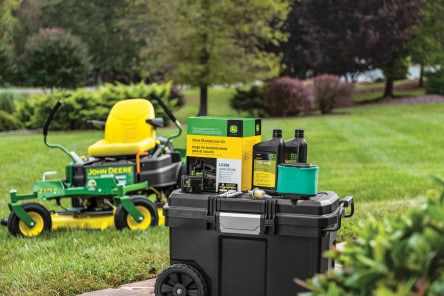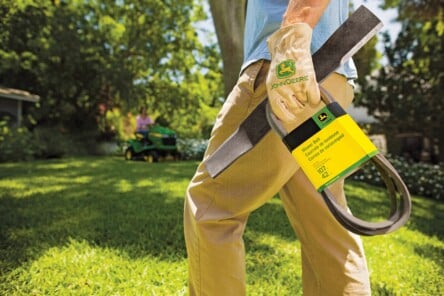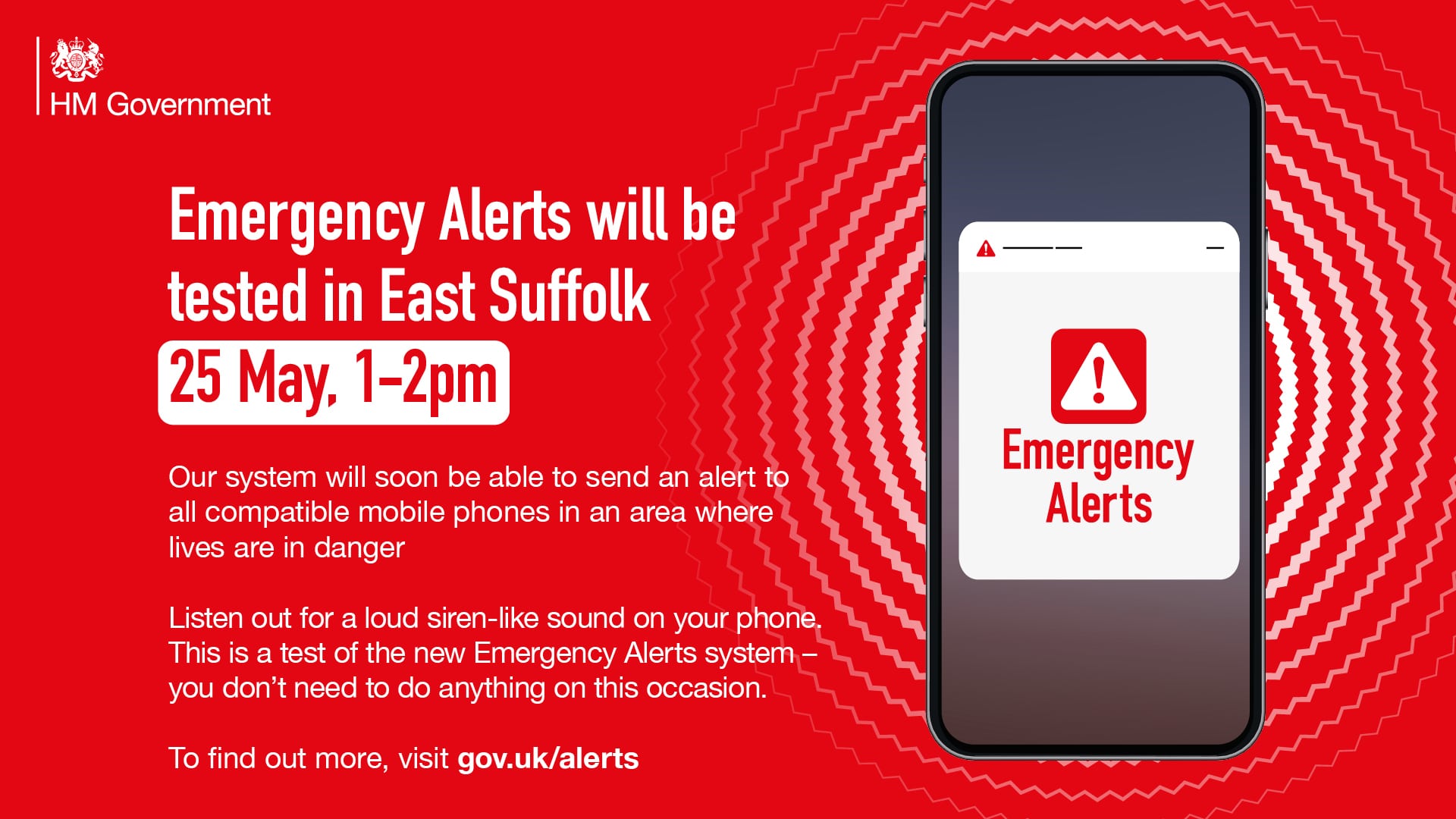Though our outlets aren’t necessarily in the East Suffolk area; we wanted to bring attention to the Government’s Trial of Emergency Alter SMS’s to our customers who do live in that area attention. We feel this is an important trial which could one day go on to keep our community and country safe. The information in this blog is directly from the government press release.
What are Emergency Alerts?
Emergency Alerts is a new public information service to warn people when lives are in danger, in emergencies such as severe flooding or terror attacks.
What will the alert look and sound like?
Emergency Alerts send an urgent and distinctive siren-like sound to your mobile phones. A text-based message will appear on your screen until you acknowledge it.
What should I do when I receive an Emergency Alert?
To ensure the Emergency Alerts system works effectively, the government will be carrying out a series of tests. The first test will be in East Suffolk on 25 May, between 1pm and 2pm. A text-based message will appear on your screen until you acknowledge it. You won’t need to do anything on this occasion, it’s only a test. In future, the system will warn people whose lives are at risk. The alert will give you clear instructions of what to do to stay safe.
How do they work?
Emergency Alerts are sent to compatible 4G and 5G mobile phones within an area of risk. They don’t need your location or phone number. Only the government and emergency services can send them.
What is the purpose of the test alert?
To ensure the Emergency Alerts system works effectively, the government will be carrying out a series of tests. The first test will be in East Suffolk on 25 May, between 1pm and 2pm.
Will I receive the test alert? / Why have I received the test alert?
To ensure the Emergency Alerts system works effectively, the government will we be carrying out a series of tests. The first test will be in East Suffolk on 25 May, between 1pm and 2pm.
Will I still receive an alert if I have an old phone?
Emergency Alerts are sent to compatible 4G and 5G mobile phones within an area of risk, if you have accepted the latest software update. If your phone was bought before 1015, you will need to adjust the settings.
What if I don’t own a mobile phone?
Emergency Alerts are just one of many tools the Government has to communicate with the public about emergency situations. Those without a mobile will still be made aware as they currently are, through the media and local emergency services, for example.
What should I do if I receive a message while driving?
You must not hold a mobile phone while driving or riding a motorcycle, it is illegal to do so. You can use hands-free access such as voice command, a dashboard holder or mat, or a windscreen mount and the device must not block the driver’s view of the road or the traffic. You should not read or otherwise respond to an emergency alert whilst driving or riding
a motorcycle. Find somewhere safe and legal to stop before reading the message.
What is the difference between SMS and Emergency Alerts?
After the alert is sent, the message will be received in about 4 to 10 seconds. In comparison, the delivery of SMS messages can take up to 48hrs. Emergency alerts are one way and no personal information is required, whereas an SMS message requires a phone number.
Can I opt out?
It is possible to opt out of severe alerts but we strongly recommend that people do not opt out of the service, as it is intended to warn you when lives are in danger.
Find out more at gov.uk/alerts and click here to find your local Tuckwells outlet






















